QED
Reference High-Resolution
USB Type A to Type B USB Cable
From RM720.00
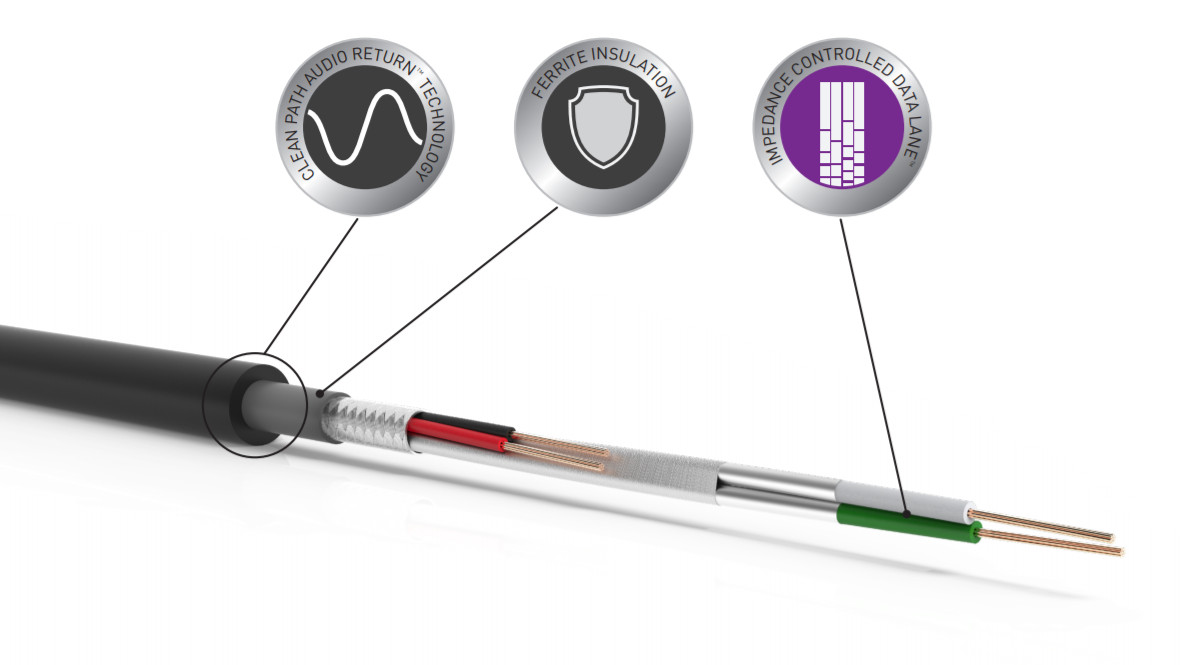
Impedance Controlled Data Lane
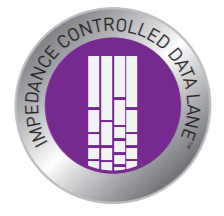 QED Reference High Resolution USB uses a tightly controlled, 24 AWG, 99.999% oxygen-free copper twisted-pair featuring low-permittivity, foamed-polyethylene dielectrics, which is uniformly bound by an aluminium/mylar wrap. This arrangement is similar to that used in our high performance HDMI cables and is not usually found in a USB cable. Because the impedance of the data lane is kept strictly within defined limits of 90 Ω +/- 5% with a rise time of just 100 ps for a 3 m cable, it exceeds the specification given in the USB 2.0 standard by more than half; therefore the timing error or jitter added to the isochronous data stream is kept to a minimum. This has the effect of increasing the enjoyment of actually listening to music being conveyed by the cable to an extent large enough for it to be statistically significant in listening tests conducted in our bespoke listening facilities.
QED Reference High Resolution USB uses a tightly controlled, 24 AWG, 99.999% oxygen-free copper twisted-pair featuring low-permittivity, foamed-polyethylene dielectrics, which is uniformly bound by an aluminium/mylar wrap. This arrangement is similar to that used in our high performance HDMI cables and is not usually found in a USB cable. Because the impedance of the data lane is kept strictly within defined limits of 90 Ω +/- 5% with a rise time of just 100 ps for a 3 m cable, it exceeds the specification given in the USB 2.0 standard by more than half; therefore the timing error or jitter added to the isochronous data stream is kept to a minimum. This has the effect of increasing the enjoyment of actually listening to music being conveyed by the cable to an extent large enough for it to be statistically significant in listening tests conducted in our bespoke listening facilities.
Ultra-low Jitter Geometry
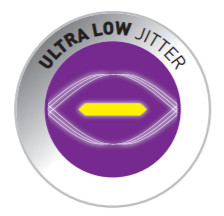
When measured using an eye pattern analyser at the correct data rate for high bandwidth USB 2.0, the cable exhibits 50% less jitter than a comparable cable without the ferrite jacket. This shows conclusively that the combined technologies of impedance controlled data lanes, electrically isolated power conductors and floating ferrite jacket have the effect of halving the cable induced jitter present in the digital transfer layer between source (digital music server) and sink (DAC or other digital music interface). Because USB audio is delivered in an isochronous data stream in real time, it is thought that ultra-low jitter components distributed throughout the digital data pathway will result in an audible improvement in sound quality. Certainly, in listening tests, QED Reference High Resolution USB cable with the ferrite jacket and other technology was preferred to samples without the jacket
Clean Path Audio™ Technology
Many audio enthusiasts feel that running USB power cables carrying charging currents and PC power supply noise alongside the isochronous audio data stream can have an adverse affect on sound quality. One answer is to remove the power cables altogether but this deviates from the USB specification and can cause inconvenience, especially if the DAC electronics require USB power. Instead, QED Reference data lanes are uniquely electrically isolated by using a double layer shield comprising a 100% aluminium/mylar wrap and shield braid connected to ground.
Ferrite Insulation™ Technology
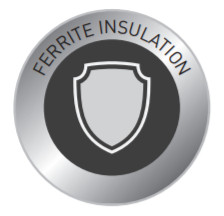 QED Reference High Resolution USB features a unique integral Zn/Mn floating, ferrite jacket. Using a proprietary process, QED has been able to distribute this radio frequency absorbent material evenly throughout the cable by means of a specially impregnated inner jacket. It is included to absorb high frequency noise signals generated both internally and externally. It works to create a much quieter electrical environment in and around the cable so that jitter within the audio data stream is minimized.
QED Reference High Resolution USB features a unique integral Zn/Mn floating, ferrite jacket. Using a proprietary process, QED has been able to distribute this radio frequency absorbent material evenly throughout the cable by means of a specially impregnated inner jacket. It is included to absorb high frequency noise signals generated both internally and externally. It works to create a much quieter electrical environment in and around the cable so that jitter within the audio data stream is minimized.
High Resolution Audio
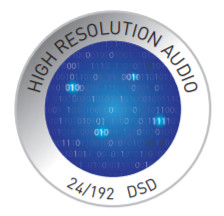 Although the highest resolution audio stream of 24/192 kHz or more (such as DSD) is well within the maximum data rate capability of the USB 2.0 standard and therefore able to be sent sent over any suitably compatible USB cable, timing error caused by cable attenuation, propagation delay skew and characteristic impedance mismatch will result in increased jitter of the isochronous data stream. Depending upon the capability of the receiving equipment this jitter can create audible problems with the digital audio signal. To put it simply jitter causes distortion in the signal. This is due to the interaction of the required frequency with the frequency of the jitter which causes harmonics to be produced that were not present in the original signal. The distortion is similar to a subtle version of the more familiar THD & intermodulation distortion present in many amplifiers. This problem inevitably increases listener fatigue making the music sound harsh or just simply not enjoyable. The listener therefore finds it more difficult to listen for long periods without taking a break. Because, by definition, listeners of high resolution audio files are most likely to be the most discerning, any extra jitter added to the audio datastream by a poor cable design might be noticeable. QED Reference High Resolution USB is therefore eminently suitable for Hi-Res audio applications simply due to its unrivalled and superior, measurable jitter performance which, as we have shown delivers a performance which is at once more musical and enjoyable and which enables a relaxed and long lasting listening session leaving hifi enthusiasts eager to repeat the experience.
Although the highest resolution audio stream of 24/192 kHz or more (such as DSD) is well within the maximum data rate capability of the USB 2.0 standard and therefore able to be sent sent over any suitably compatible USB cable, timing error caused by cable attenuation, propagation delay skew and characteristic impedance mismatch will result in increased jitter of the isochronous data stream. Depending upon the capability of the receiving equipment this jitter can create audible problems with the digital audio signal. To put it simply jitter causes distortion in the signal. This is due to the interaction of the required frequency with the frequency of the jitter which causes harmonics to be produced that were not present in the original signal. The distortion is similar to a subtle version of the more familiar THD & intermodulation distortion present in many amplifiers. This problem inevitably increases listener fatigue making the music sound harsh or just simply not enjoyable. The listener therefore finds it more difficult to listen for long periods without taking a break. Because, by definition, listeners of high resolution audio files are most likely to be the most discerning, any extra jitter added to the audio datastream by a poor cable design might be noticeable. QED Reference High Resolution USB is therefore eminently suitable for Hi-Res audio applications simply due to its unrivalled and superior, measurable jitter performance which, as we have shown delivers a performance which is at once more musical and enjoyable and which enables a relaxed and long lasting listening session leaving hifi enthusiasts eager to repeat the experience.
- Contact : Dicky Ng 012-3308893
- Contact : John Yew 016-2861000
- Email : [email protected]
| Weight | 0.8 kg |
|---|---|
| Length | 1m, 2m, 3m |
Be the first to review “QED
Reference High-Resolution
USB Type A to Type B USB Cable” Cancel reply
You must be logged in to post a review.
Related products
Anti Vibration Base / Feet / Cone
Entreq
Vibb Eater Ultra
For CD Player, Pre-Amp Etc
(Piece) (Made In Sweden)











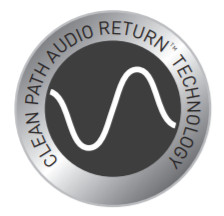




















Reviews
There are no reviews yet.